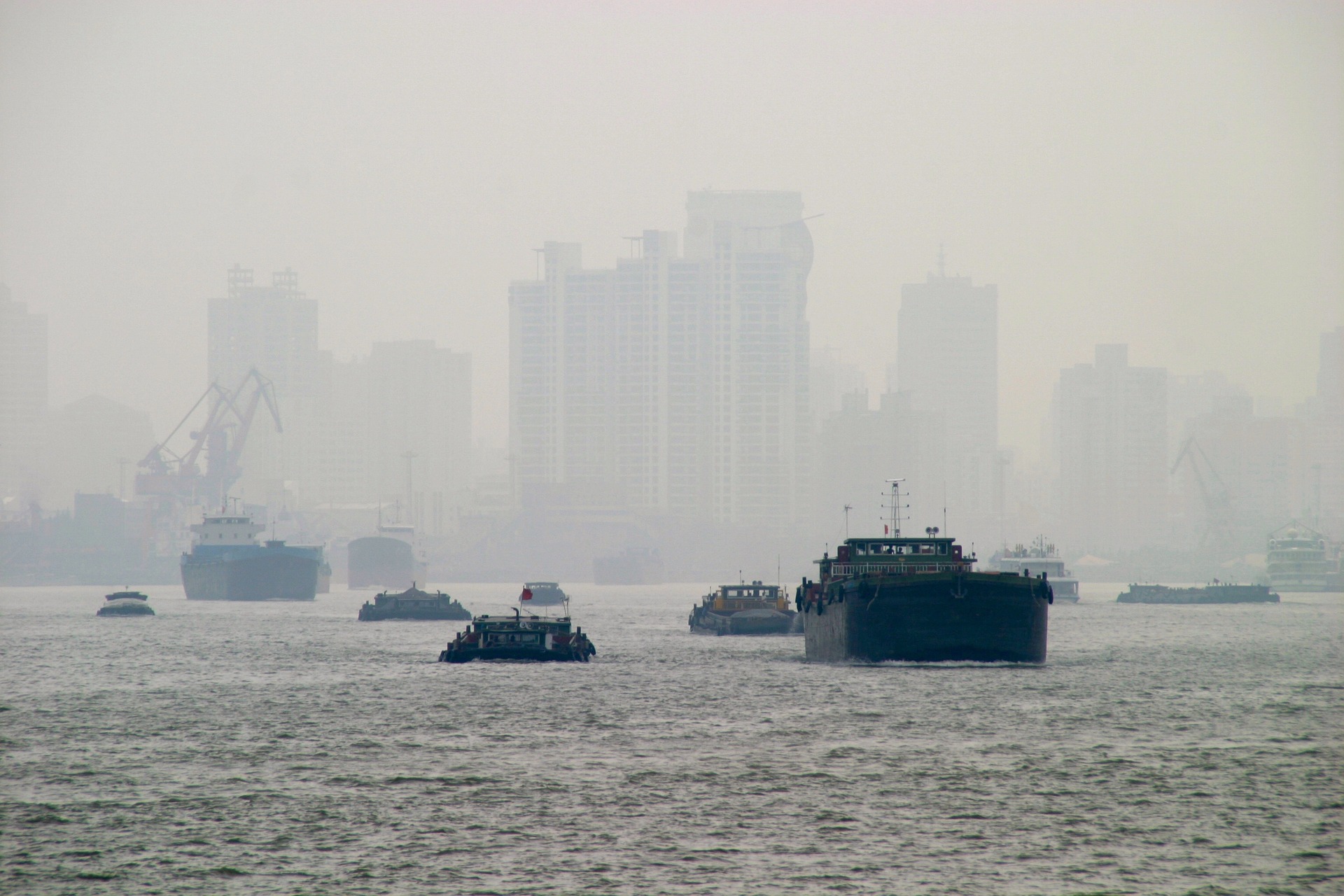Statistical Evidence on the Impact of Agricultural Straw Burning on Urban Air Quality in China
Agricultural straw burning is prevalent globally with a long history, but evidence on its pollution and health impact is limited in many countries. This study quantifies the effect of agricultural straw burning on urban air quality in China. Fixed-effects (FE) panel regression models are employed to link straw burning points detected by high-resolution satellites to air quality monitored at 1650 ground-level stations from 2013 to 2015. The method can explain over 80% of the monthly variation in urban air quality during straw burning seasons. The results show that straw burning primarily affects particulate matter, and has negligible effects on other pollutants. Specifically, ten additional burning points in a month in the rural farmland of a city can lead to a 5.19 ± 2.54 μg/m3 (3.67%±1.76%) increase in urban PM10 concentration. The effect is statistically significant for monthly burnings over 20 points. Upwind burnings’ effect is 2-4 times larger than that of non-upwind burnings. The contribution from straw burning remains significant for daily and annual PM10 in urban areas. These estimates imply that straw burning should be properly regulated to improve air quality and protect public health in China, and the method and findings have broad implications for other agrarian regions with similar issues.











